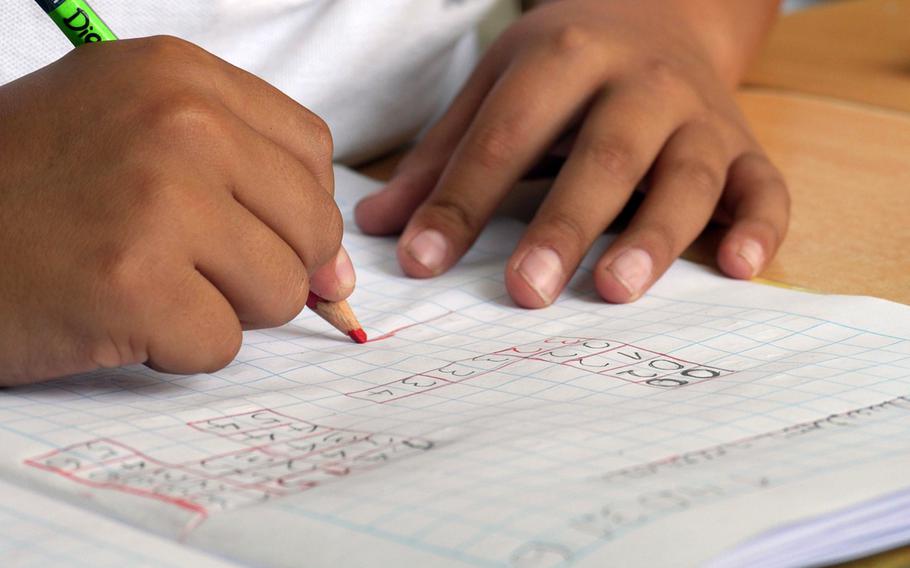
The 2024 National Defense Authorization Act directed the GAO to examine how well DODEA is meeting the special education needs of its students and to identify key obstacles. (Pixabay)
Some special needs students attending Defense Department schools are being underserved due to staffing shortages and high turnover among special education personnel, the U.S. Government Accountability Office said in a report released Thursday.
The problem is exacerbated by rigid staffing formulas used by the Department of Defense Education Activity, or DODEA, which operates the school system. Those formulas, the report said, rely on student headcounts rather than the hours required to adequately serve students, often underestimating staffing needs.
The GAO found delays in the delivery of special education services at 44 of DODEA’s 114 overseas schools during the 2022–23 school year. In six of those cases, more than a year passed before services were restored.
Both parents and providers told investigators that delays and disruptions in services often harmed students’ academic progress.
The 2024 National Defense Authorization Act directed the GAO to examine how well DODEA is meeting the special education needs of its students and to identify key obstacles. The agency analyzed data from six school years, spanning 2018 to 2024, and conducted site visits at 14 schools in Japan, Germany and North Carolina.
About 66,000 children were enrolled in 160 DODEA schools during the 2023–24 school year, with nearly three-quarters attending overseas. Roughly 15% of DODEA students receive special education services, according to the report.
DODEA offers four special education programs for students with disabilities or specific conditions from kindergarten through 12th grade. Each program has unique staffing requirements. Three are geared toward students with mild-to-moderate, moderate-to-severe, and severe-to-profound learning impairments; the fourth serves students with emotional impairments.
Special needs students include those with autism spectrum disorder, deafness, developmental delay, intellectual disability, orthopedic impairments, traumatic brain injuries and other conditions, the report said.
The staffing formulas used by DODEA are based primarily on student numbers within each program, but do not take into account the time required to fulfill each student’s individualized education program, or IEP — a legally binding plan developed by educators and parents outlining services and goals tailored to the student.
“Required service minutes can vary widely from student to student even within the same special education program or classroom,” the report states.
DODEA officials told the GAO that staffing formulas “should be responsive to emerging needs and the varying intensity of support that students may require over time.”
However, the formulas have not been reviewed since they were implemented in 2015, according to the report.
“DODEA school staff and administrators told us that even students within the same special education program can have significant differences in the amount of support they need in the classroom,” the report states.
At 13 of the 14 schools visited, staff said headcount-based staffing formulas did not allocate enough personnel to meet student needs outlined in IEPs.
Staff shortages and high turnover also affected the quality and consistency of services, the report said.
“Special education personnel shortages, high turnover rates, and lengthy hiring processes create obstacles affecting the consistency, timeliness, and overall quality of special education and related services that students receive,” the report states.
Turnover among special education teachers was particularly high. Between 2019 and 2022, the turnover rate for those positions across the DODEA system was 68%, according to the report.